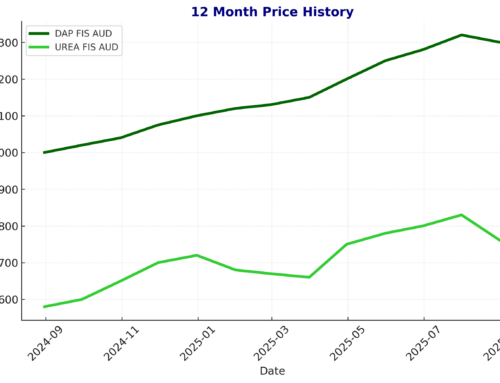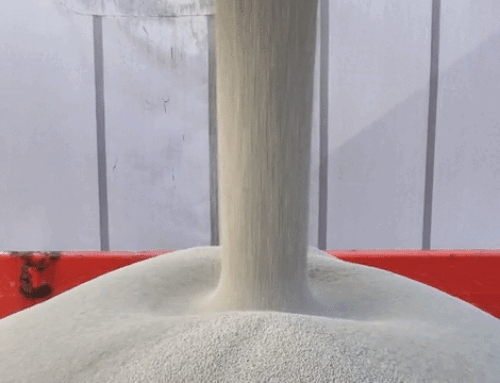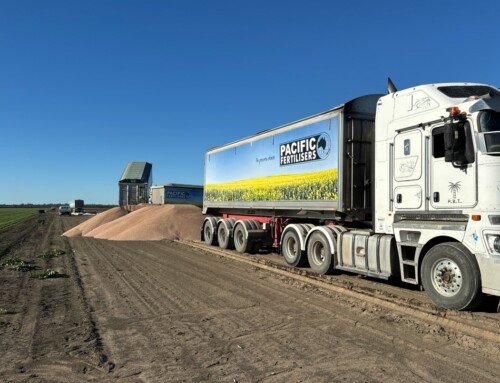Long-Term mineral Key to Soil Microbial Biomass
Conclusions from a review of extensive international research are not surprising but extremely significant.
Soil organic carbon increased by 13 per cent and microbial biomass increased by 15% in the average of 64 long-term international research studies using mineral nitrogen fertiliser applied to annual crops, when compared with no nitrogen fertiliser used.
Results of the study based on field trials were published in the journal Soil Biology and Biochemistry, Volume 75.
The article, Long-term Effects of Mineral Fertilisers on Soil Micro- organisms – A Review, was written by Daniel Geisseler and
Kate Scow, Agricultural
Sustain ability Institute, University of California. Microbial (fungi, bacteria archaea) biomass is the part of the .
living organism part of soil organic matter. Soil organic carbon includes organic materials of plant and animal origin at all stages of
decomposition as well as the micro-organisms. Levels of microbial biomass and organic carbon are regarded across the world scientific community as strong, measurements for assessing soil health and quality.
Generally speaking the higher the figures the healthier and greater the soil quality. The research reviewers examined results from long-term cropping trials conducted across the world, including Australia, USA, Europe, Africa, South America, Canada, China, Japan and India. The longer experiments ran, especially after 20 years, the greater the gains in microbial biomass. Some experiments had been running for more than 100 years, with the longest at 135 years, and the average across all experiments was 37 years.
Research from various sources has often shown that correcting soil deficiencies like nitrogen in cropping systems commonly results in greater yields and greater biomass production. Greater biomass means more plant residues, both roots and above ground litter, returns to the soil for future rotting down; food for soil organisms and to build soil organic matter (which is a large part of soil organic carbon). Therefore the conclusions of the review are significant. Soil acidity was a critical consideration and if not addressed the study noted worked against increasing soil microbial biomass.
Applying ammonium or urea fertilisers do tend to be acidifying, especially on lower pH soils and unless addressed can impact on rising aluminium toxicity that can adversely affect not only soil properties like microbial ‘biomass but also productivity. Aluminium and manganese become more soluble (available) and may reach toxic levels to reduce plant growth below pH 4.8. At or below this pH aluminium will reduce root growth while manganese disrupts photosynthesis and other functions of growth. Phosphorous (P) fixation with aluminium is more commonly seen from pH 4.5 to 6 and results in substantial lock-up of P.
Addressing soil acidity via liming, especially in soils below pH 5 is a common world practice and where used in the research eliminated negative impacts related to low pH. Microbial community composition was more influenced by yearly differences and different sampling times than by fertiliser on no fertiliser.
Rates of nitrogen used, applied annually, in assessing the impacts of nitrogen fertiliser use across all the experiments were around the 130 kilograms a hectare of N (or about 280kg/ha urea). Soils were tested across the 0 cm to 20cm layer.
Written by Bob Freebairn, an Agricultural Consultant at Coonabarabran for The Land Newspaper April 2015.










